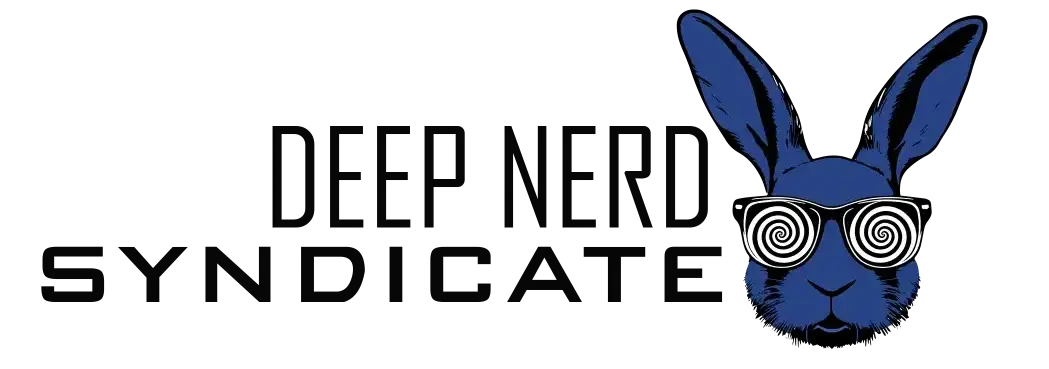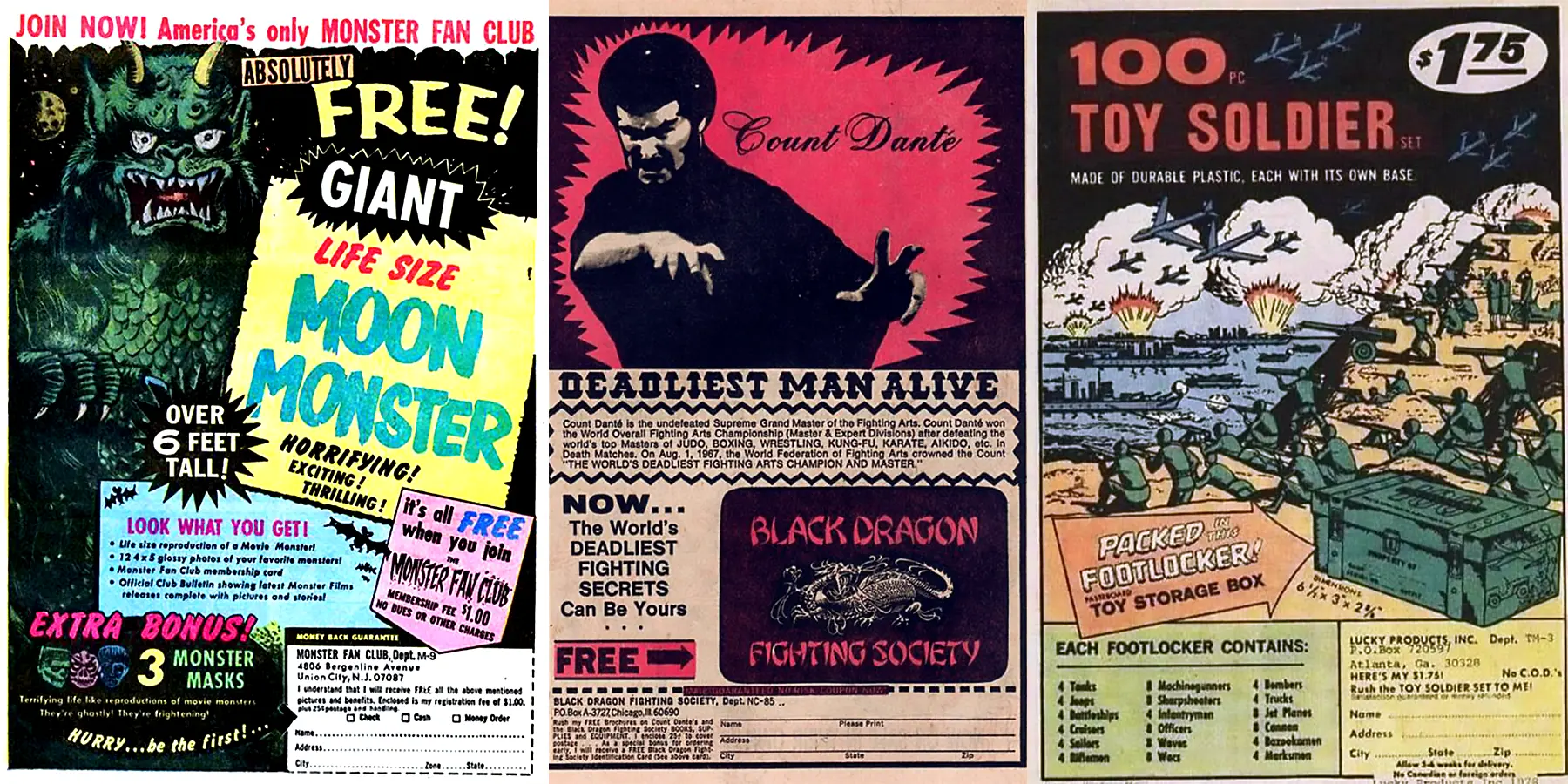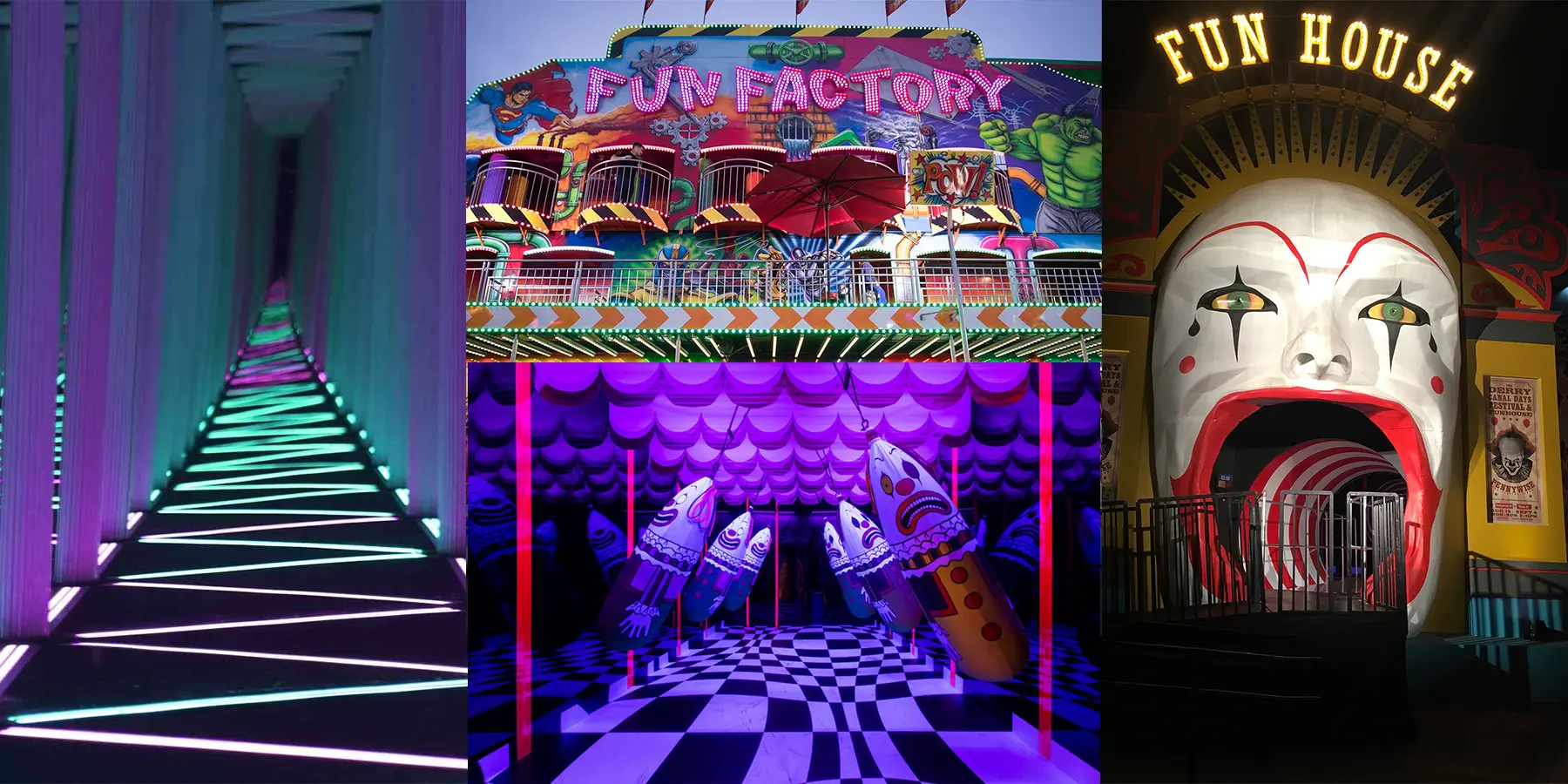Mexican horror and sci-fi films have long been inspired by Universal Pictures’ iconic monsters, such as Dracula, Frankenstein, and the Wolf Man. These classic creatures found new life in Mexico’s film industry, which adapted them with local folklore, gothic atmospheres, and even lucha libre heroes. Let’s dive into the captivating world of Mexican horror films influenced by Universal’s legendary monsters and explore their stylistic, cultural, and comedic ties to American horror.
Mexican Horror Films Influenced by Universal Monsters
Universal Pictures defined the golden age of monster cinema in the 1930s and 1940s, and Mexican filmmakers of the 1950s and 1960s embraced these iconic figures, reimagining them with a Mexican twist. Here are some standout examples:
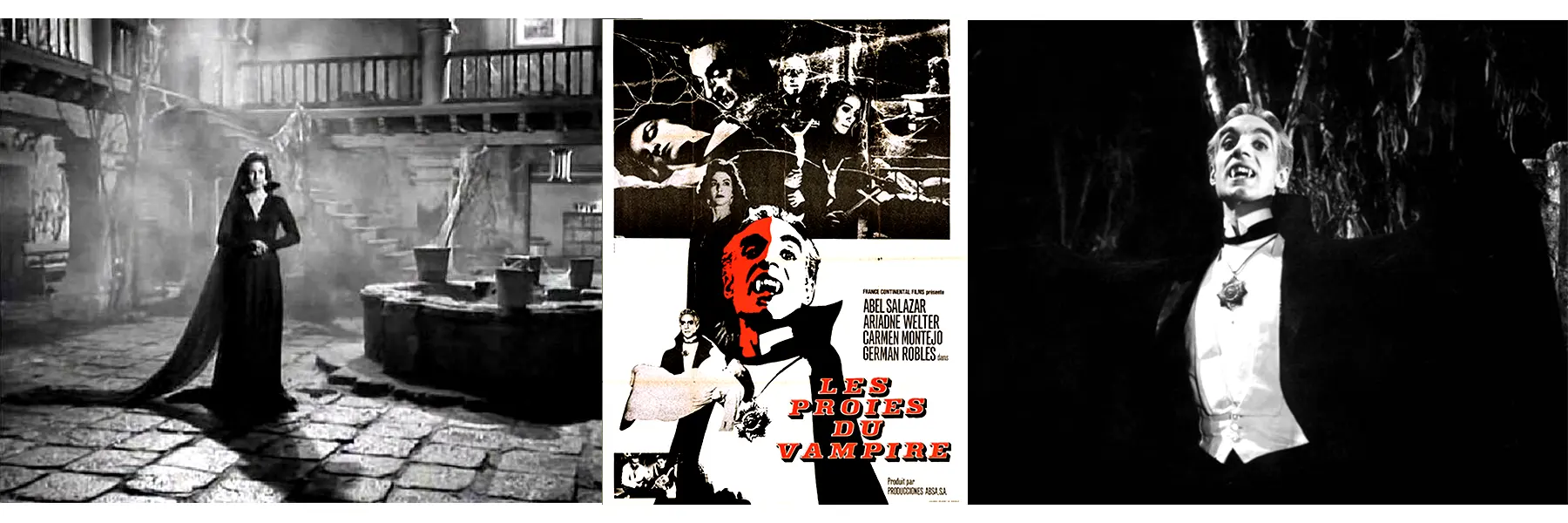
El Vampiro (1957)
- Inspiration: Often considered Mexico’s answer to Dracula, El Vampiro brought the vampire legend to rural Mexico.
- Stylistic Elements: With eerie castle settings, fog, and a brooding atmosphere, the film mirrored the suspenseful visuals of Dracula (1931). Starring Germán Robles as Count Karol de Lavud, El Vampiro became a classic that set the tone for Mexican vampire cinema.
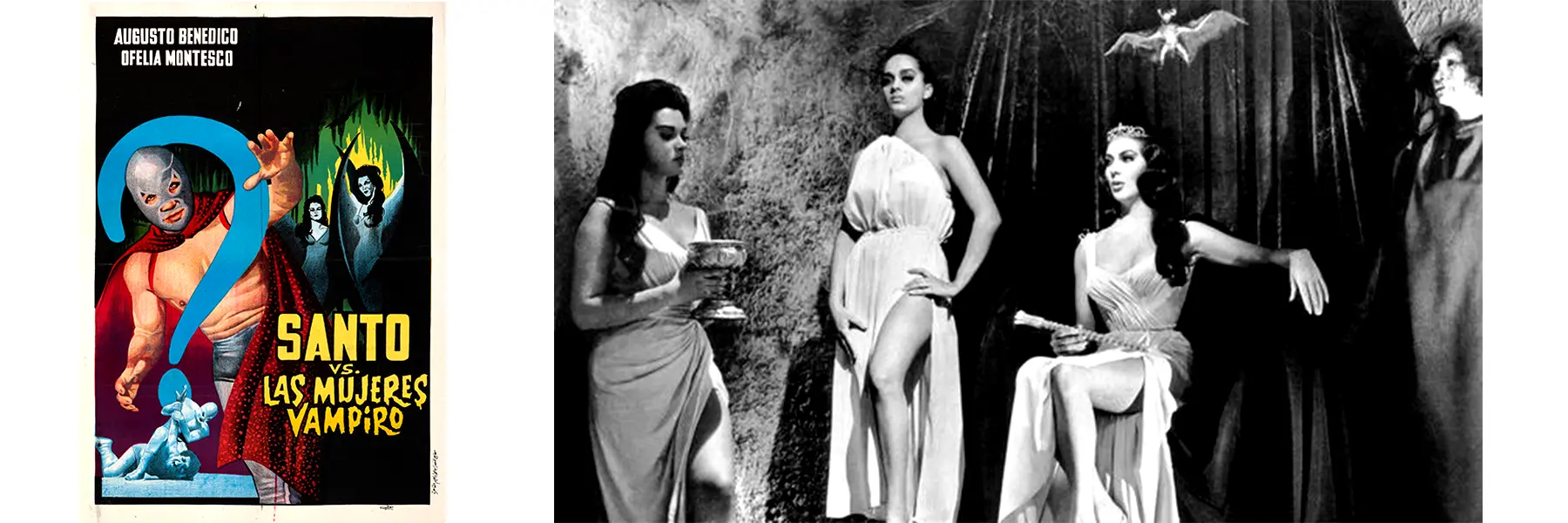
Santo and the Vampire Women (1962)
- Inspiration: This film blended horror with lucha libre, as the legendary masked wrestler Santo battled vampires.
- Stylistic Elements: The movie’s gothic castles and vampire covens reflect Dracula’s Daughter (1936), adding action-packed fights with supernatural elements—a uniquely Mexican twist on Universal’s themes.
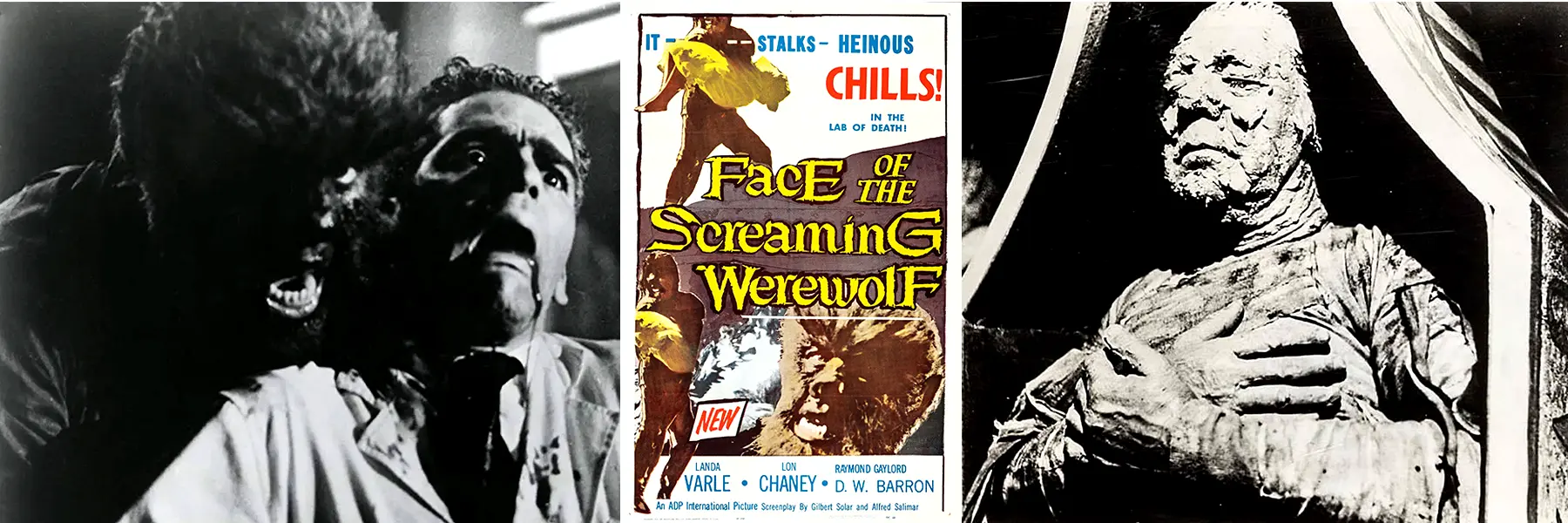
Face of the Screaming Werewolf (1964)
- Inspiration: Inspired by Universal’s The Wolf Man, this movie stars Lon Chaney Jr. and combines werewolf and mummy lore.
- Unique Twist: With a bizarre mix of werewolf and mummy themes, this film exemplified Mexican horror’s quirky blend of Universal-inspired creatures.
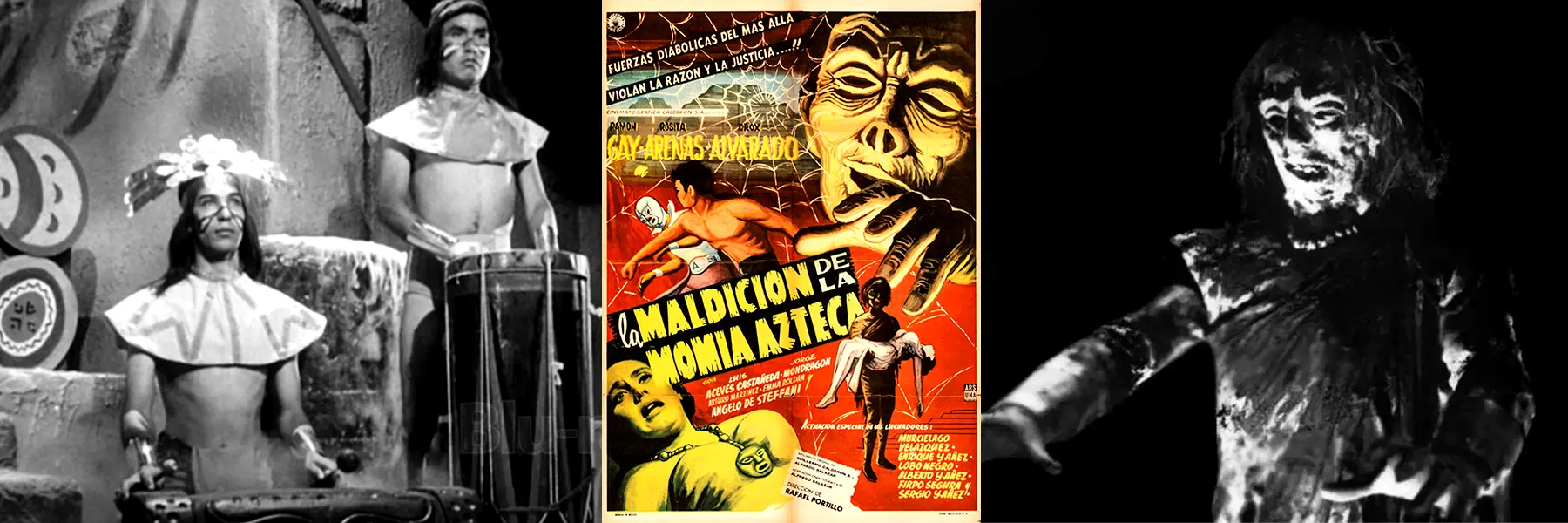
The Aztec Mummy Series (1957–1958)
- Inspiration: These films, including The Curse of the Aztec Mummy, adapted The Mummy’s (1932) ancient curses with Mexican cultural heritage.
- Unique Twist: By incorporating Aztec legends, this series gave Mexican horror a unique spin, blending historical elements with Universal’s classic mummy mythology.
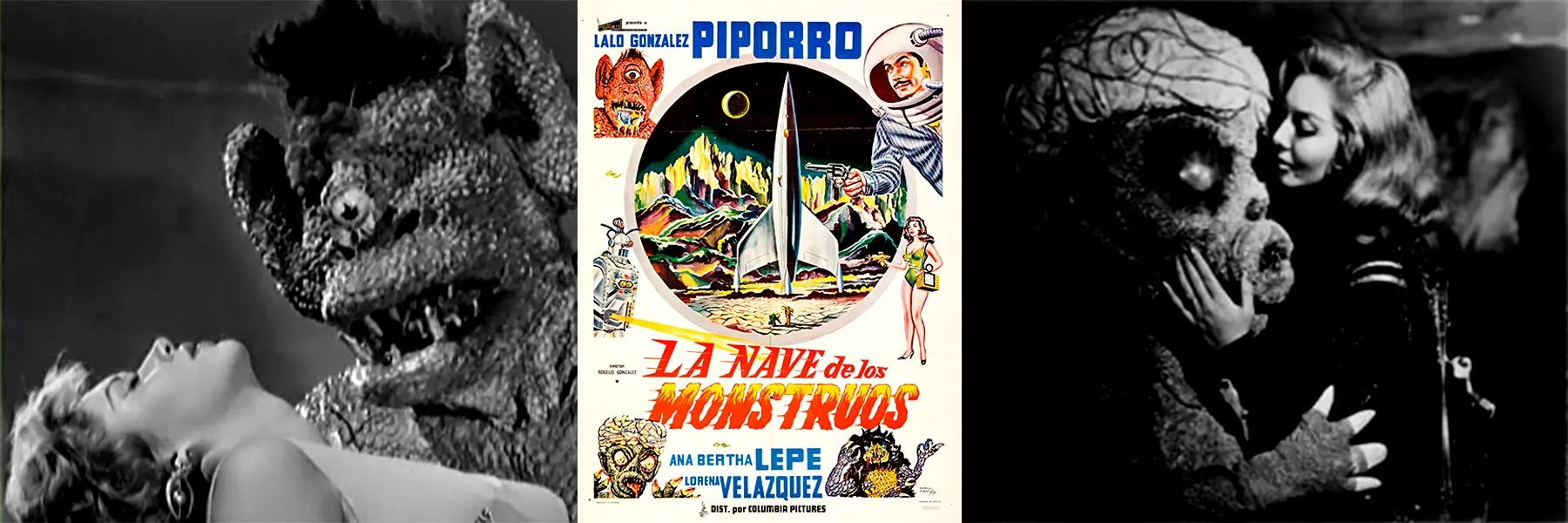
Ship of Monsters (1960)
- Inspiration: This campy sci-fi features alien creatures and robots, influenced by Creature from the Black Lagoon (1954) and Universal’s 1950s sci-fi.
- Unique Twist: Ship of Monsters reflects a quirky, extraterrestrial edge, adding humor and fantasy that mirror Universal’s 1950s monster experiments.
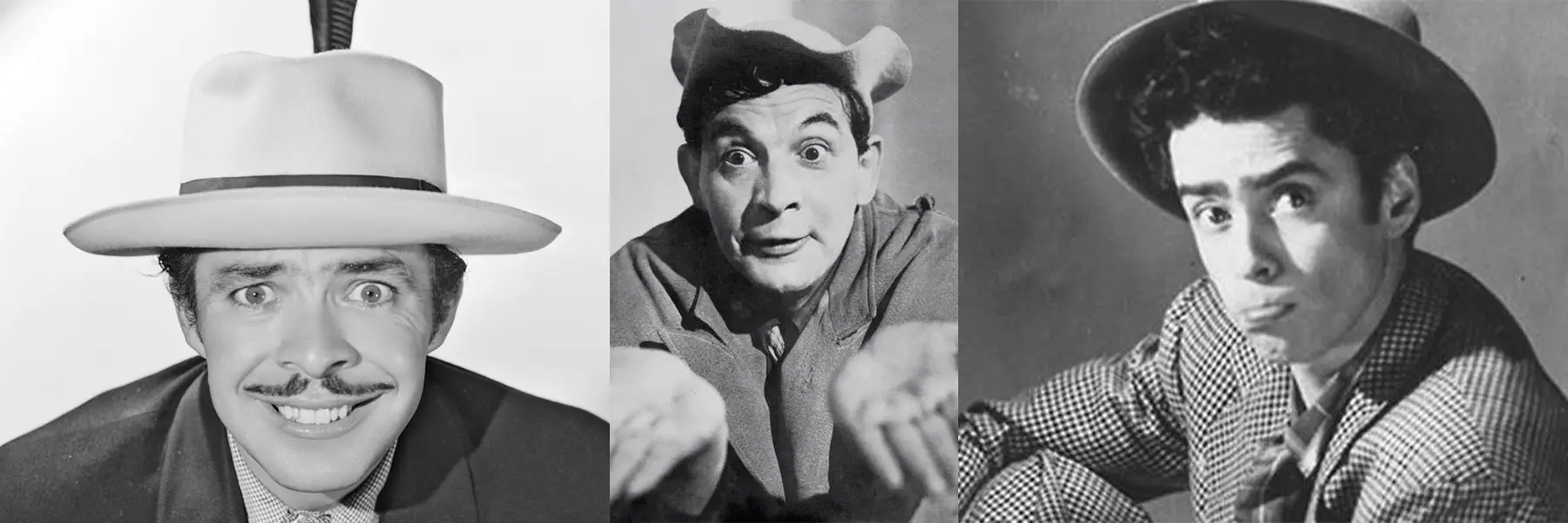
Comedy and Horror: Ties to Abbott and Costello
Mexican horror cinema didn’t just mimic Universal’s monster aesthetic; it also ventured into horror-comedy, much like Abbott and Costello Meet Frankenstein (1948). In Mexico, Tin Tan (Germán Valdés) led the way in horror parodies with films like Frankenstein el Vampiro y Compañía (1962). These films brought slapstick humor to monster stories, much like Abbott and Costello, making horror accessible to a broader audience. Other comedians, like Clavillazo and Resortes, further popularized horror-comedy by blending horror’s spooky atmosphere with Mexico’s beloved slapstick humor.
Stylistic Elements: Lighting, Atmosphere, and Camera Work
Mexican horror films mirrored Universal’s signature style, incorporating gothic lighting, ominous atmospheres, and suspenseful camera techniques.
- Lighting and Shadows: Like Universal’s films, Mexican horror movies used high-contrast lighting to create tension. Dark shadows and eerie light enhanced suspense, particularly in El Vampiro and the Aztec Mummy series.
- Atmospheric Settings: The isolated castles and haciendas in Mexican horror resemble Universal’s gothic backdrops, grounding these films in a sense of otherworldly dread.
- Cinematic Techniques: Slow pans, tilted angles, and close-ups helped build tension, reflecting the visual language of Universal monster movies, enhancing the scare factor for audiences.
Were Mexican Horror Films Considered Knockoffs?
While these films took inspiration from Universal’s monsters, they weren’t viewed as mere knockoffs in Mexico. Instead, they creatively adapted familiar horror archetypes, blending them with Mexican culture, local myths, and lucha libre. By setting these creatures in uniquely Mexican contexts, filmmakers crafted stories that resonated with local audiences, celebrating Mexico’s rich cultural identity alongside the universal horror tropes.
Popularity of Mexican Horror Films Then and Now
In the 1950s and 1960s, Mexican horror films enjoyed immense popularity. With the rise of lucha libre cinema, starring icons like Santo and Blue Demon, horror movies gained a firm place in Mexican pop culture, appealing to both horror enthusiasts and lucha libre fans.
Today, these films have maintained a cult following in Mexico and abroad. Vintage horror fans appreciate their campy yet atmospheric quality, and they continue to be screened at retro horror festivals and special events, keeping the legacy of Mexican horror cinema alive.
Re-Releases on Blu-Ray and DVD
Many Mexican horror films have been re-released on Blu-Ray and DVD, allowing a new generation of fans to experience these classics:
- Casa Negra: Known for releasing classic Mexican horror films, including El Vampiro and the Aztec Mummy series, Casa Negra’s work brings Mexican horror to wider audiences.
- Indicator: Another company that offers sets of Mexican horror films, Indicator ensures these films are preserved in high-definition for collectors.
These re-releases have reinvigorated interest in Mexican horror cinema, proving the timeless appeal of these unique adaptations of the monster genre.
Do These Films Still Play in Mexican Theaters?
While no longer a mainstream theater staple, Mexican horror films from the 1950s and 1960s occasionally appear in film festivals, retrospectives, and special screenings. Dedicated theaters that focus on cult or classic cinema may show these films around Halloween or as part of horror marathons, allowing new audiences to enjoy their nostalgic charm.
Conclusion: The Enduring Legacy of Mexican Horror Films
Mexican horror and sci-fi films have a rich history intertwined with Universal Monsters, taking inspiration from the classic creature features and reimagining them through the lens of Mexican culture. With their gothic lighting, atmospheric settings, and blend of horror and comedy, these films carved out a unique place in the genre. Their continued popularity, along with re-releases on Blu-Ray and DVD, proves that these movies still captivate audiences both in Mexico and around the world.
